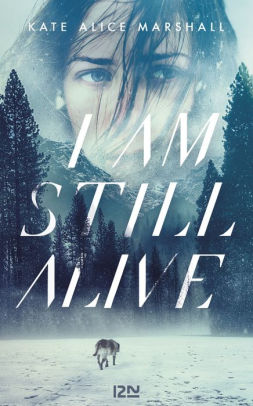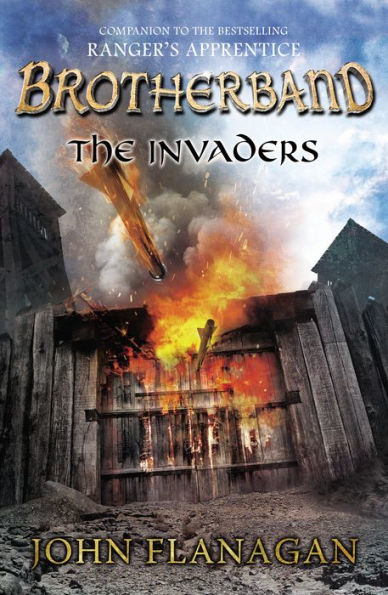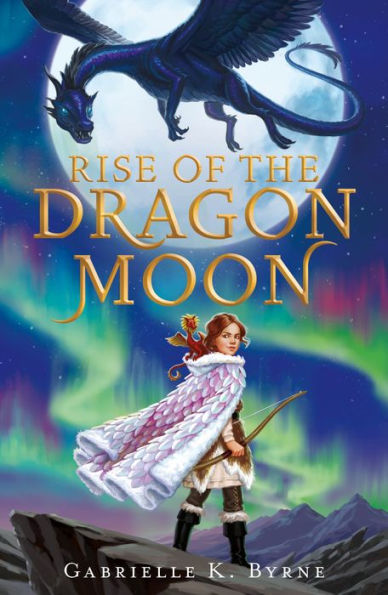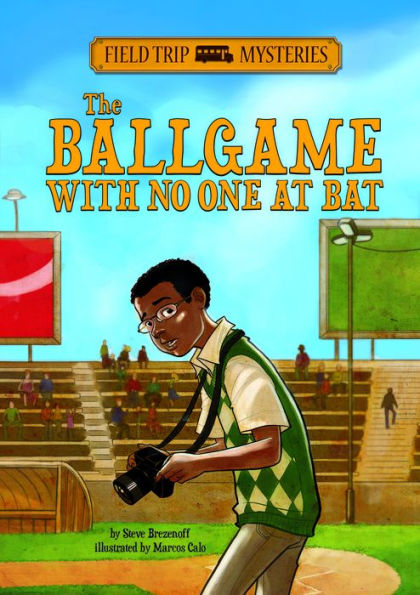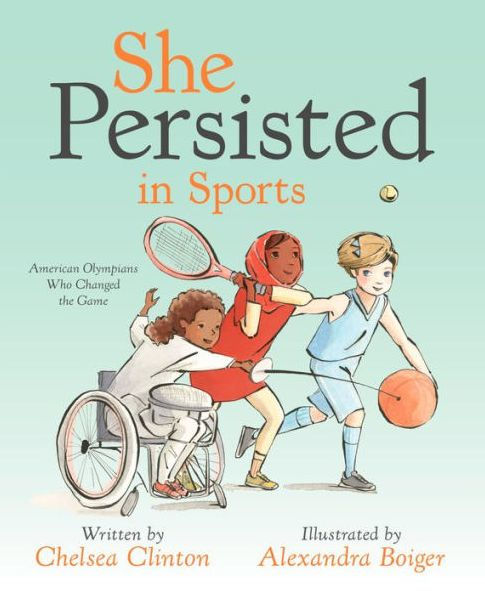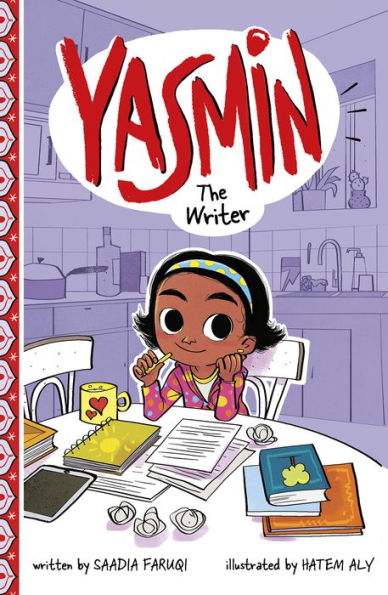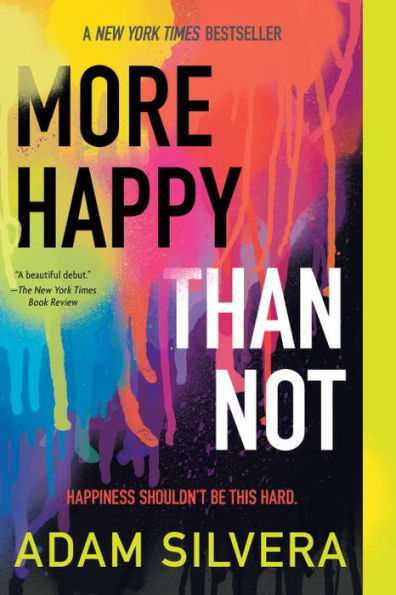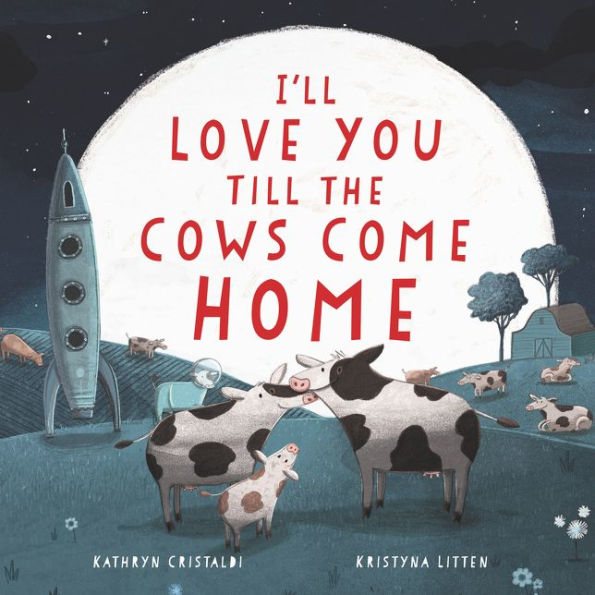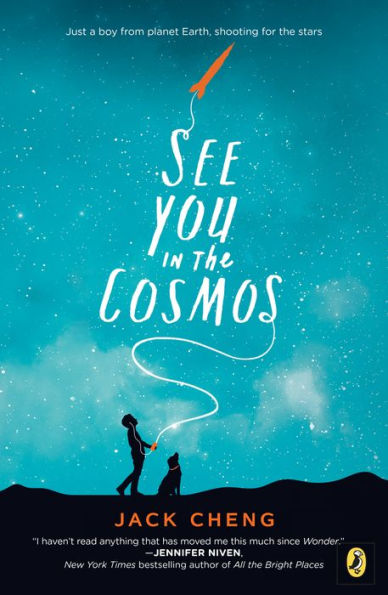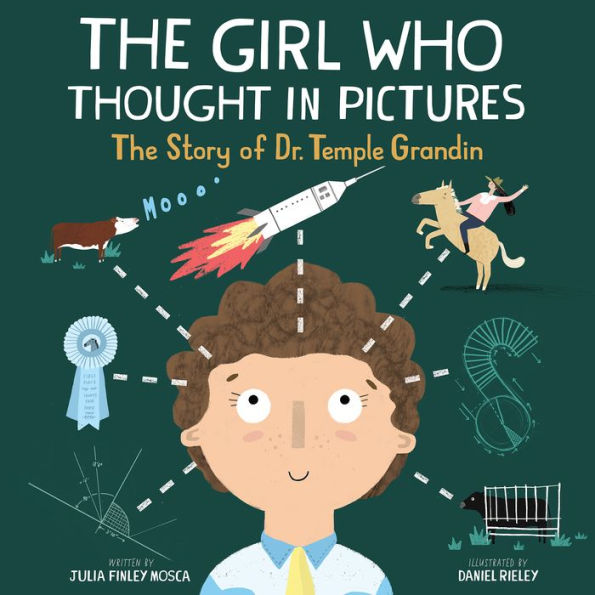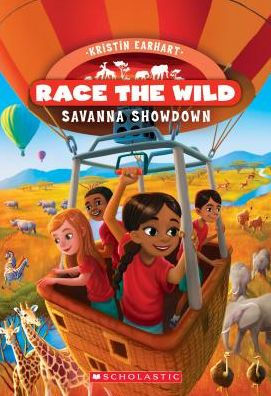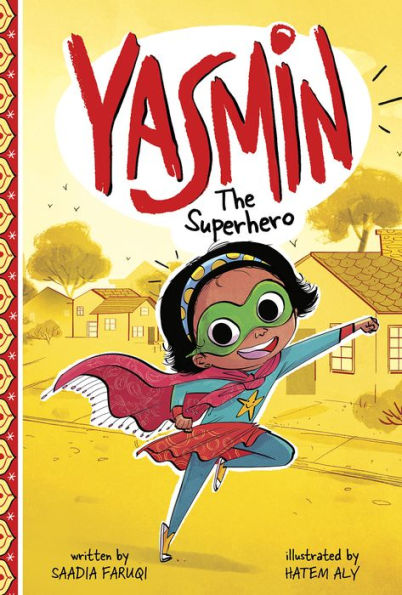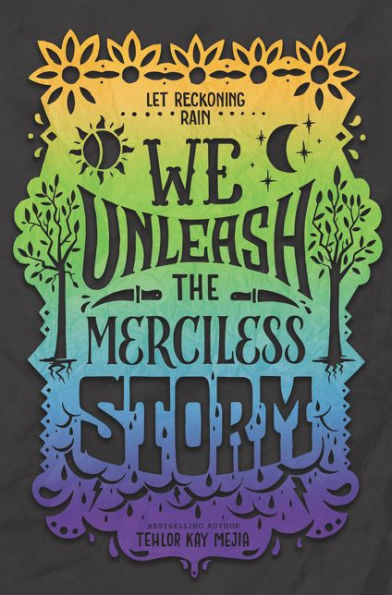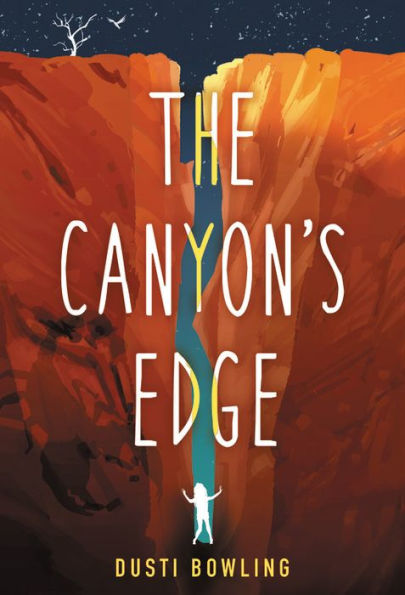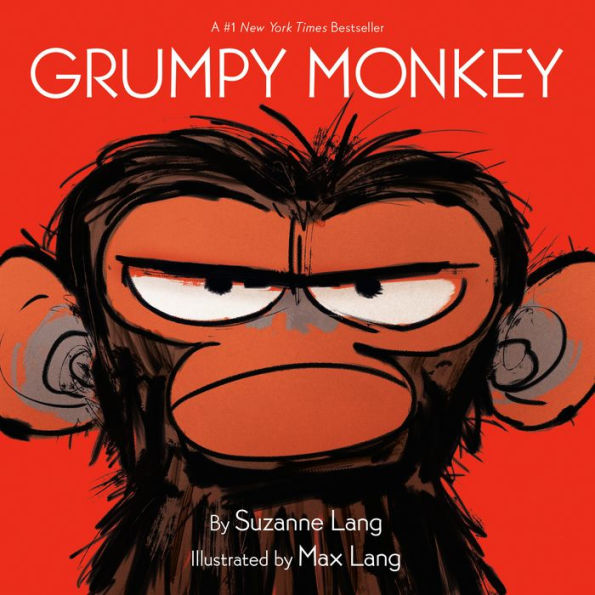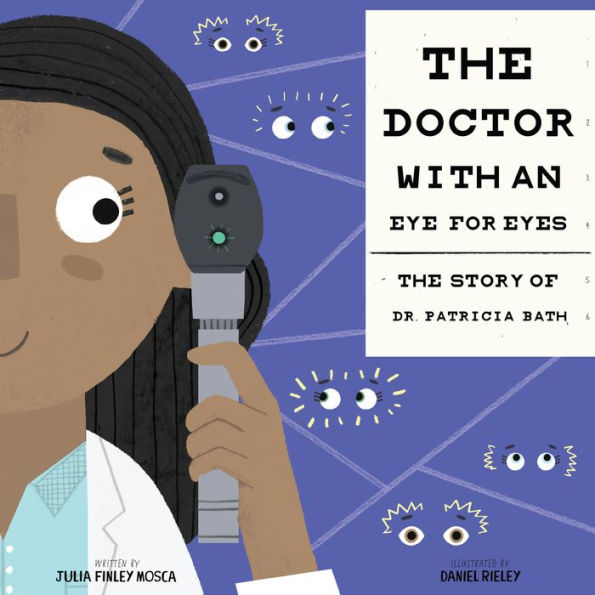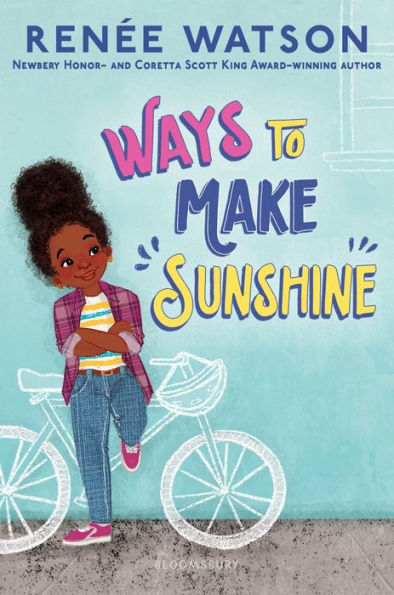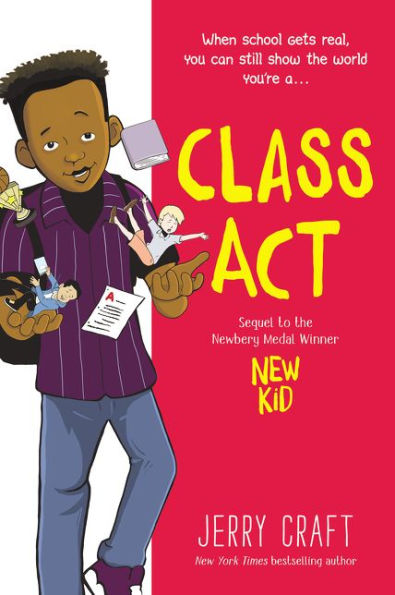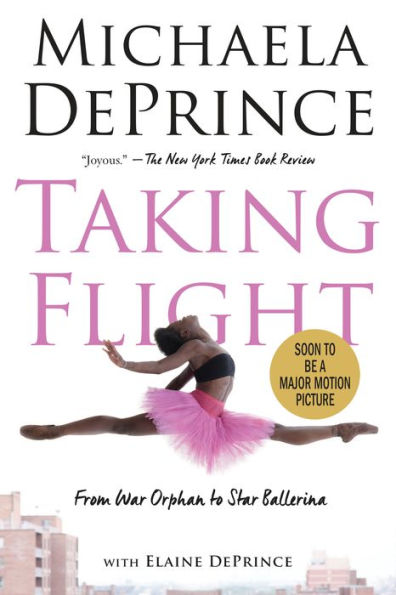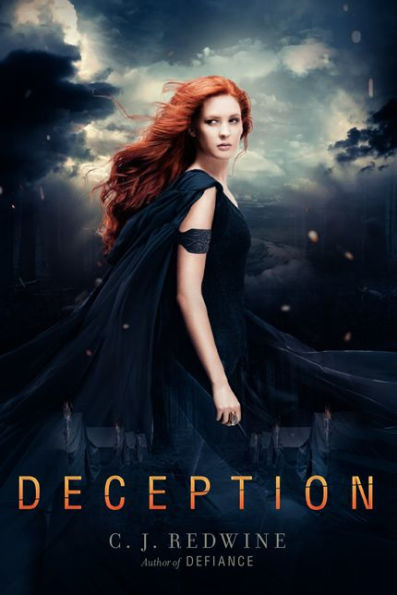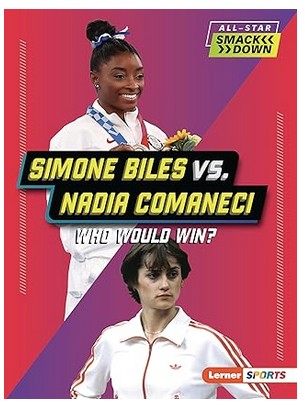Jess Cooper loses her mother and some of her mobility in a car accident. At fifteen—soon to be sixteen—years old, she is forced to live with her absent father in middle-of-nowhere Alaska. Then just as Jess was getting to know her father, a secret from his past leaves him dead. Jess is determined to survive in the wilderness with nothing except her father’s hunting dog and her wits.
Jess journeys through the wilderness to her father’s second cabin just as winter begins to set in. During her stay at the cabin, she plans her revenge against the men who killed her father. As winter continues, she also learns skills to keep herself alive and just how much the wild does not care about human life.
The first half of the book follows Jess in a “before and after” journal style as she recalls moments before and after her father’s murder. With the change of point of view (from journal to the first-person present) the reader loses descriptions of Jess’s surroundings as the story becomes more of a stream of consciousness, which focuses on Jess’s inner thoughts. The journal-like style gives readers insight into Jess’s internal thoughts and worries. Understanding Jess’s personality and thought process allow readers to connect and sympathize with her.
Despite the many trials Jess goes through—the car accident, her father’s murder, her physical disability, and a lack of survival skills—she uses her wits and figures out ways to solve problems. Jess’s first obstacle is finding shelter. Jess recalls memories of building stick shelters in a small patch of woods with friends. She realizes that she does not need to chop down trees or find the greatest place to hunker down. She has the remnants of her father’s burned-down cabin, and a belt to help drag planks. Through Jess’s experiences, the reader will learn the importance of perseverance in the face of danger.
The style and wording of the novel welcome young readers, though the topics may be upsetting. While the violent death of a parent is a heavy topic, readers will gain insight into Jess’s emotions and feelings as she struggles with stressful situations. Readers who enjoy survival stories will enjoy the action and tension as Jess fights her father’s murderers. Readers also gain a sense of triumph as Jess completes her goal of survival in the wilderness.
I Am Still Alive is a quick read with an uncomplicated plot, but the act of surviving gives enough of a thrill to make readers want to know the end of Jess’s story. While she does not always learn from her mistakes—she often makes the same mistakes two to three times—she always puts 100% of her energy into planning a way around an obstacle. While the ending is not completely happy, Jess grows as a character from the city girl she once was. At the end of it all, she even feels a slight pull back to the wilderness. Jess thinks the wilderness is, “A place that does not love me and that I do not love. But we don’t expect love from each other, the wild and me.” Readers looking for other snowy survival stories should check out Ice Dogs by Terry Lynn Johnson and Not If I Save You First by Ally Carter.
Sexual Content
- As she hides, Jess overhears the perpetrator of her father’s murder talking. The man “mostly talked about women. Talking about women in ways that sex ed and primetime TV did not prepare me for. I hated him more with every word.”
Violence
- The book contains general talk about death in the sense of hunting, hunger, and survival. Skills on how to skin animals and degut them are described. For example, Jess’s dad “narrated everything he was doing as he took the fish and slit it along its belly. He told nobody in particular how to scoop out the guts.”
- Jess reminisces about her mother’s death in the car crash: “. . .the world ended. Only half of it came back. My half. It was feel of wet cold rain and wet hot blood.”
- Jess goes fishing with her dad. “Then [dad] hit [the fish] three times sharply on the back of the head with a little weighed club.”
- Jess has a nightmare. The man “raises his hand, and there’s a gun in it. The gun roars with the sound of a fire, crackling and howling. Griff’s head kicks back. The air filled with red blood like mist, and it’s all over my clothes, it’s all over my hands and my face and in my mouth.”
- People visit the cabin and “Raph kept smiling. And he took out his gun. And he shot my father in the head.”
- While she hides from the people who killed her father, Jess debates her next actions. “I would have to get out to the plane and I would have to get the door open and then I would have to shoot him or stab him or whatever it was that I could possibly do to a man with a gun, a man whose friends had shot my father as he reached out his hand to shake.”
- When Jess confronts the villain he “slams the butt of the rifle against my jaw.”
- Jess defends herself against a man. “I bring the rock up in both hands and swing it as hard as I can at the side of his head.”
- Daniel, the villain, attacks. “And Daniel, lying on his side with one arm twisted awkwardly under him. I watch for a long time, but he doesn’t move. He doesn’t breathe. Dead. My fault.”
- When her dad’s hunting dog takes a bullet for her, Jess has to kill the dog as she cannot save him and he is in pain. “I aim the rifle between his eyes. He doesn’t flinch out of the way, only pants.”
Drugs and Alcohol
- After the accident, Jess takes medication for her pain. “Painkillers, the powerful kind, leftover from my prescription. I haven’t taken them in weeks, but I shake one out now and swallow it dry.”
- Jess describes a boulder in the forest. “I remember a boulder. Dropped here by some long-gone glacier, it leaned a bit, like it was drunk.”
- Jess, her father, and her father’s friend, Griff, are telling stories. “And Griff snorted beer out his nose and into his beard and then we all laughed about it.”
- Jess’s dad describes Griff, saying “But eventually he always pours himself out of his bottle and comes back.”
- Jess finds “a couple of bottles of beer at the back of the cabinet.”
Language
- Ass is used once and asshole is used twice. For example, Jess reminisces about one of her foster families, and thinks, “George is an asshole.” Later Jess names a fox George, “because George was an asshole, and so was the fox.”
- Jess describes her injury and how unbalanced she is. “Just snap and shut, and I’m on my face or my ass.”
- Damn is used once. Jess tries to figure out how to survive, but she doesn’t “know a damn thing about making a fishing rod from scratch.”
- Raph, the villain, talks about Jess’s dad. He says, “It’s his own goddamn fault.”
Supernatural
- Jess finds the last bullets for her father’s rifle. “I’ll waste at least one bullet, maybe more. Maybe all of them. They were a talisman. A piece of magic I was searching for, but now I have them and I remember that magic isn’t real.”
Spiritual Content
- Jess describes Griff saying, “Jesus is [Griff’s] personal savior.”
- Griff tells Jess, “God loves everybody, and when you die he can finally tell you direct. That’s why heaven is so nice.”
- Jess’s mother, who was a pilot, says, “Pilots don’t have to depend on memory, which will always fail sooner or later. The checklist is God.”
- Jess says the Lord’s name in vain. When she swears in front of her dad, he says “Don’t say that. . . There is no Lord. God’s just a lie the powerful people tell the little people to keep them in line.”
- Jess reminisces about how Griff and her dad interacted. “Dad didn’t seem to mind when Griff talked about God. Maybe because Griff’s idea of God was very odd.”
- At the end of the novel, there is a memorial service for Jess’ father. Jess “stood in an empty chapel while a preacher said kind words about a man he didn’t know, a man who would have hated every mention of God and heaven in the service.”
